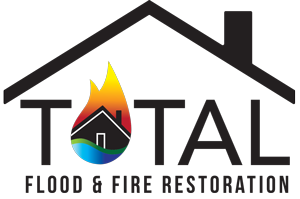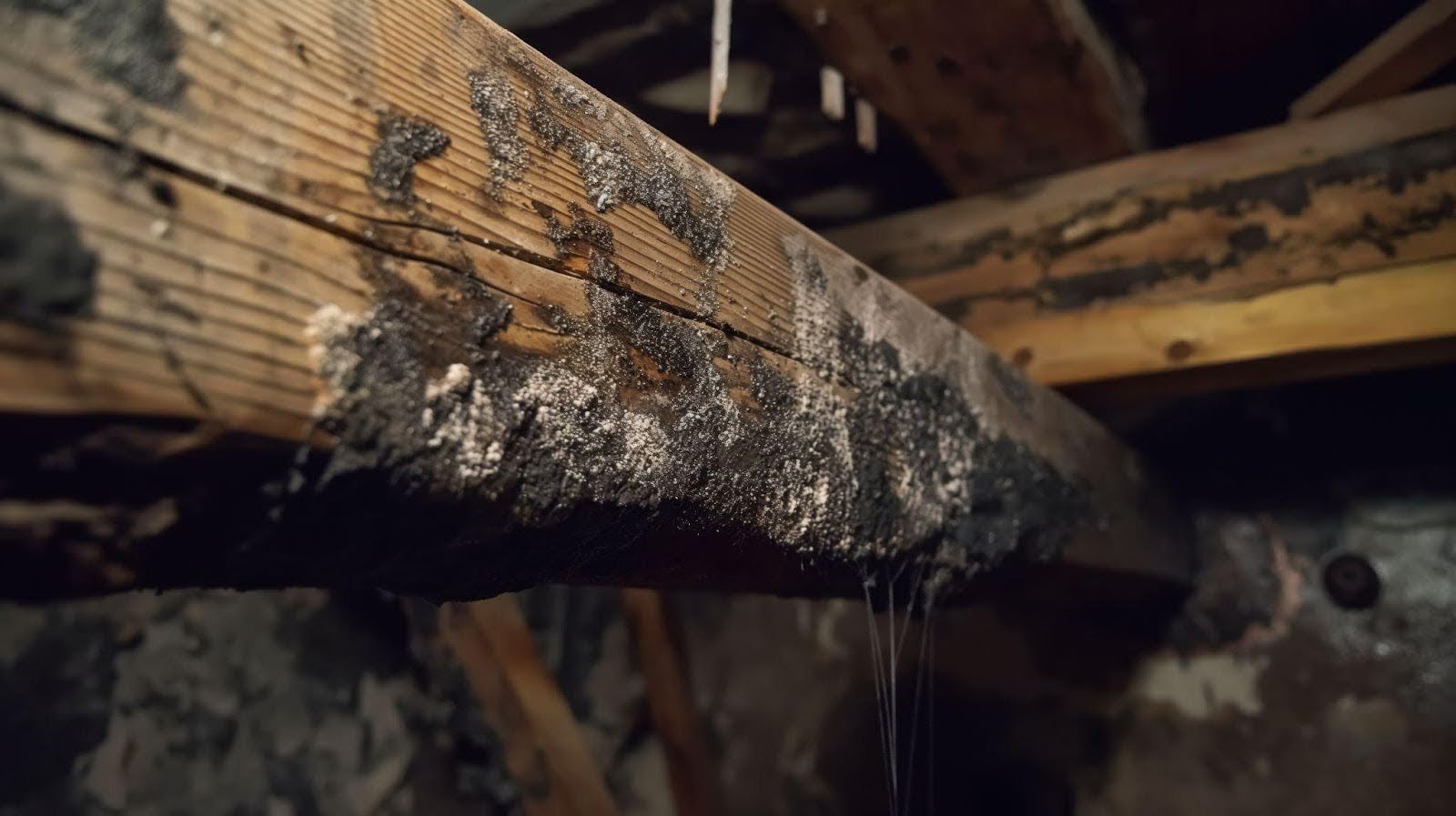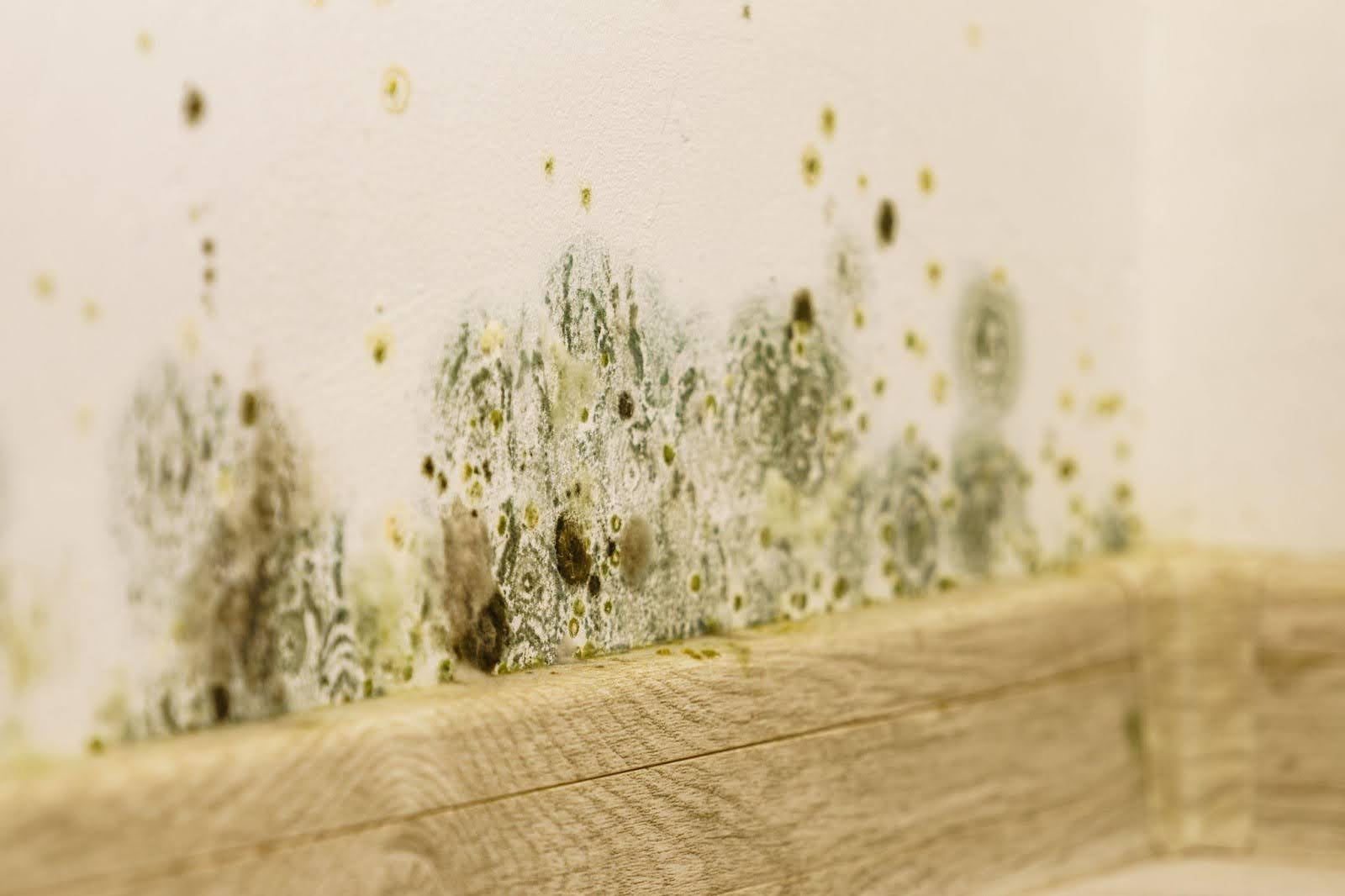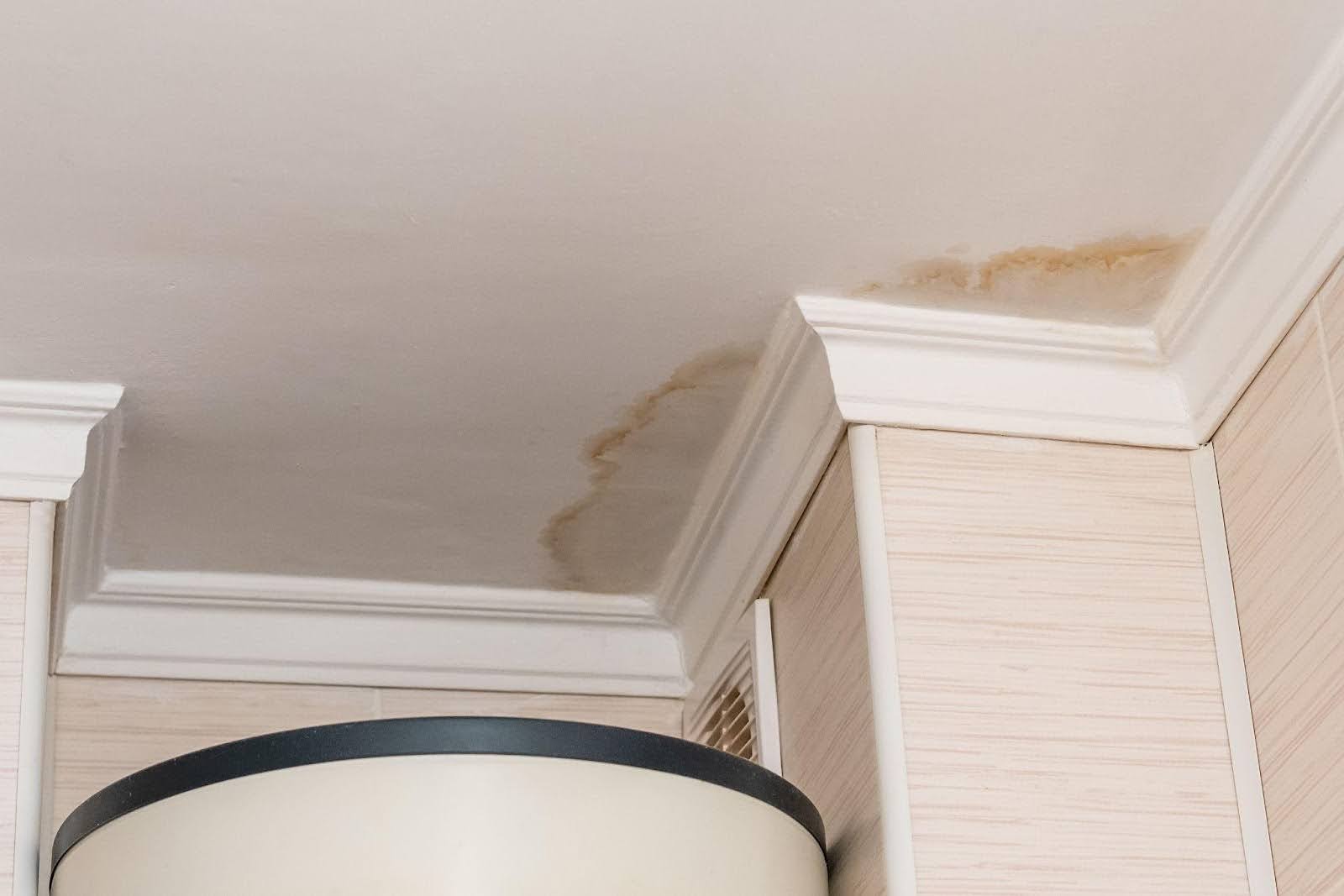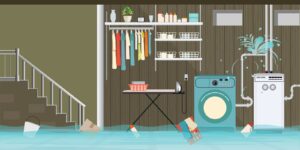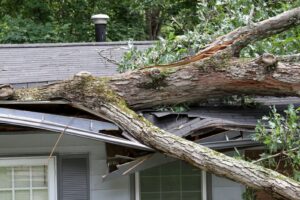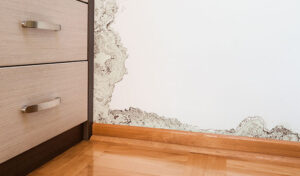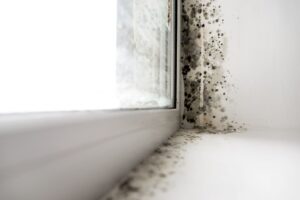Mold restoration becomes essential when mold spreads in your home, threatening your health and property. Mold doesn’t stay on the surface; it seeps into walls, floors, and ceilings, creating structural problems that worsen over time. Ignoring it isn’t an option if you want a safe, healthy living environment.
Mold grows fast in damp conditions, often hidden in places you don’t check daily. Basements, attics, and bathrooms are common hotspots where mold thrives unnoticed. Once it starts, it spreads quickly, releasing spores that cause respiratory issues, allergies, and skin irritation. Acting quickly protects your home and the people living in it.
Managing a mold problem requires more than a quick wipe-down. Professional mold restoration eliminates visible growth and tackles hidden damage. By addressing the source of the moisture and repairing the affected areas, experts ensure the mold doesn’t return. This process protects your home’s value and keeps your indoor air safe to breathe.
What is mold damage restoration?
Mold damage restoration goes beyond removing mold from surfaces. It involves identifying the source of moisture, eliminating mold colonies, and repairing affected areas. Mold spreads quickly in damp environments, often infiltrating walls, ceilings, and flooring. Professionals use advanced techniques and tools to ensure complete removal and prevent future growth.
Restoration focuses on removing visible mold and addressing hidden problems. Contaminated insulation, drywall, and wooden beams often require removal and replacement. Mold spores affect air quality, so restoration teams use specialized equipment to purify the air and create a healthier environment.
Why mold restoration matters
Ignoring mold damage leads to bigger problems. Mold weakens structural materials, reducing the integrity of your home. Walls, floors, and ceilings absorb moisture, making them vulnerable to rot and decay. Mold also triggers health issues like allergies, respiratory problems, and skin irritation.
Living or working in a mold-infested space increases the risk of long-term health concerns, especially for children, the elderly, and those with weakened immune systems. Mold restoration eliminates these risks and ensures your property remains safe and habitable.
Factors influencing the cost of mold damage restoration
Size of the affected area
The larger the mold infestation, the higher the cost. Addressing small areas, like a bathroom corner, may cost a few hundred dollars. Entire rooms or multiple areas require more time, labor, and materials, driving up expenses.
The extent of the damage
Mold that has seeped into walls, ceilings, or floors increases restoration costs. Professionals must remove and replace damaged materials, which adds to the total price. Hidden mold behind walls or under floors requires additional work, increasing costs.
Type of mold
Certain molds, like black mold, require specialized handling due to their toxicity. Dealing with these molds increases labor and equipment costs, and testing to identify mold species adds to the overall expense.
Location of the mold
Mold in easily accessible areas costs less to remove. Hard-to-reach locations, such as crawl spaces, attics, or behind large appliances, increase labor costs. Restoration teams spend more time and effort addressing mold in these spots.
Moisture source repair
Fixing the moisture issue that caused the mold is a critical step. Leaky pipes, damaged roofs, or poor ventilation systems must be repaired to prevent future problems. These repairs add to the cost of mold restoration but are necessary for long-term results.
Professional expertise
Experienced professionals thoroughly complete the job. Certified mold restoration companies use advanced tools and proven techniques, which often come at a premium. Choosing a reputable team saves money in the long run by avoiding incomplete or poor-quality work.
Average costs of mold damage restoration
The cost of mold damage restoration varies depending on the factors listed above. On average, homeowners spend between $1,500 and $3,500 for professional restoration. Minor mold removal for small areas costs around $500 to $1,000. Large-scale restoration projects, such as those involving multiple rooms or severe damage, exceed $10,000 in some cases.
Testing for mold costs between $300 and $800. This step identifies the type of mold and determines the extent of the problem. Some restoration companies include testing in their services, while others charge separately.
Repairing moisture issues, such as fixing a leaky roof or replacing plumbing, adds to the overall cost. These repairs range from $200 for minor fixes to $5,000 or more for significant problems.
How professionals handle mold restoration
Several steps in mold restoration thoroughly resolve the problem.
Inspection and testing
Professionals assess the extent of the mold damage and identify its source. Testing determines the type of mold and its impact on air quality.
Containment
Restoration teams seal off the affected area to prevent mold spores from spreading. Plastic sheeting and negative air pressure machines contain spores during the cleanup process.
Mold removal
Experts remove visible mold from surfaces using specialized tools and cleaning solutions. They also discard heavily contaminated materials like drywall, insulation, and carpeting.
Cleaning and sanitizing
Thoroughly clean and disinfect surfaces to eliminate mold spores. Use HEPA vacuums and air scrubbers to improve air quality and remove lingering spores.
Repairs and restoration
Professionals replace damaged materials, such as walls, floors, or ceilings. Restoration teams also address moisture issues to prevent mold from returning.
The risks of DIY mold restoration
Attempting to handle mold damage on your own often leads to incomplete results. Homeowners lack the tools, knowledge, and experience to address mold thoroughly. Without proper containment, spores spread to other areas of the home, worsening the problem.
DIY methods, such as bleach cleaning, may remove surface mold but fail to address hidden growth. Mold often lurks behind walls or beneath flooring, where it continues to spread unchecked. Incomplete removal leads to recurring problems and higher costs down the line.
Professional mold restoration experts handle the problem correctly. Experts use industry-grade equipment and proven techniques to eliminate mold at its source.
Does insurance cover mold damage restoration?
Insurance coverage for mold restoration depends on the cause of the damage. Policies often cover mold caused by sudden events, such as burst pipes or storm damage. Policies rarely cover gradual issues, like poor maintenance or long-term leaks.
Review your policy to identify the included coverage. Some insurers offer additional mold coverage as a rider or endorsement for an extra cost. Providing documentation, such as photos and reports, helps when filing a claim.
Speak with your insurance agent to clarify any gray areas in your policy and ask specific questions about exclusions or limits related to mold restoration. Keeping records of regular home maintenance as proof of proper care may strengthen your case during a claim. If your policy requires you to use approved contractors, research their credentials to ensure the work meets industry standards.
Understanding your deductible and any caps on coverage helps you plan financially for out-of-pocket expenses. Acting quickly after discovering mold ensures you stay within the timeframe most insurers require for claim submissions.
Preventing mold damage
Preventing mold damage saves money and protects your home. Control moisture levels by keeping humidity below 50%. Use dehumidifiers in basements, bathrooms, and other damp areas.
Inspect your home regularly for leaks, cracks, or other water-related issues. Fix problems immediately to stop moisture from accumulating. Keep gutters and downspouts clean to direct rainwater away from your foundation.
Improve ventilation in kitchens, bathrooms, and laundry rooms. Use exhaust fans to remove moisture from the air. Avoid leaving wet clothes, towels, or other items in piles where mold thrives.
Clean areas prone to moisture buildup regularly, such as shower walls, sinks, and under appliances. Look for condensation on windows and pipes and dry it immediately to prevent water from lingering. Store items in sealed containers, especially in basements or attics, to keep them safe from dampness.
Rearrange furniture occasionally to allow air to circulate and avoid creating hidden spots where moisture can collect. Pay attention to outdoor landscaping, ensuring water flows away from your home instead of pooling near the foundation. These steps add extra layers of protection against mold damage.
Tips for reducing restoration costs
Act quickly
Address mold damage as soon as you notice it. Early intervention prevents the problem from spreading and reduces the cost of restoration.
Fix moisture issues immediately
Repair leaks, improve drainage, and control humidity to prevent mold from returning after restoration.
Choose a reputable company
Hiring experienced professionals ensures quality work. When selecting a mold restoration team, look for certifications, reviews, and transparent pricing.
Invest in preventive maintenance
Regular home inspections and proper moisture control prevent mold, saving you from costly repairs.
Final thoughts
Mold damage doesn’t disappear on its own. Ignoring it allows the problem to grow, putting your home and health at greater risk. Mold restoration is the key to reclaiming your space and ensuring it’s safe for you and your family. Addressing the problem head-on gives you the peace of mind you deserve.
Taking swift action is critical. The longer mold lingers, the harder it becomes to eliminate. Acting quickly not only limits the damage but also reduces restoration costs. Whether tackling visible growth, repairing hidden issues, or purifying the air, every step you take strengthens your home’s protection against future mold problems.
Don’t let mold control your home or your health. Call experts who understand mold restoration’s complexity and can handle every detail. With the right team, you’ll restore your property, eliminate health hazards, and breathe easy, knowing the mold won’t return. Protect your home and family, and take the necessary steps today.
When to bring in the experts — Total Flood and Fire Restoration
Contact professionals if mold spreads over 10 square feet, hides behind walls, or stems from contaminated water. Stubborn mold that keeps coming back after cleaning also requires expert attention to ensure proper removal.
Work with a certified mold remediation company with strong reviews and proven experience. Check references, request a clear plan for the work, and confirm upfront, honest pricing. A reliable team will handle mold problems efficiently and thoroughly.
When the problem is beyond your ability to handle, trust Total Flood and Fire Restoration for expert solutions. Our certified specialists deliver comprehensive inspections, effective remediation, and strategies to prevent future mold growth.
If you need professional mold remediation in Utah, contact Total Flood and Fire Restoration anytime, day or night.
